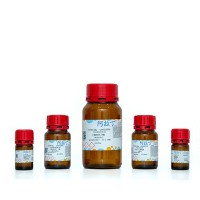Specific Considerations in the Design of Hepatitis B Virus Clinical Studies in the Far East
互联网
互联网
相关产品推荐

Recombinant-Mouse-Omega-3-fatty-acid-receptor-1O3far1Omega-3 fatty acid receptor 1 Alternative name(s): G-protein coupled receptor 120 G-protein coupled receptor GT01
¥11984

Pyruvic-1-¹³C 酸,99124-30-8,API for Clinical Studies, ≥99 atom% ¹³C,阿拉丁
¥34800.90

HBV Capsid Protein重组蛋白|Recombinant Hepatitis B Virus(HBV) Capsid protein(His Tag)
¥4520

B6R Protein重组蛋白|Recombinant Monkeypox Virus (MPXV) B6R Protein (His Tag)
¥5820

Recombinant-Macaca-fascicularis-Omega-3-fatty-acid-receptor-1O3FAR1Omega-3 fatty acid receptor 1 Alternative name(s): G-protein coupled receptor 120
¥11984
相关问答

